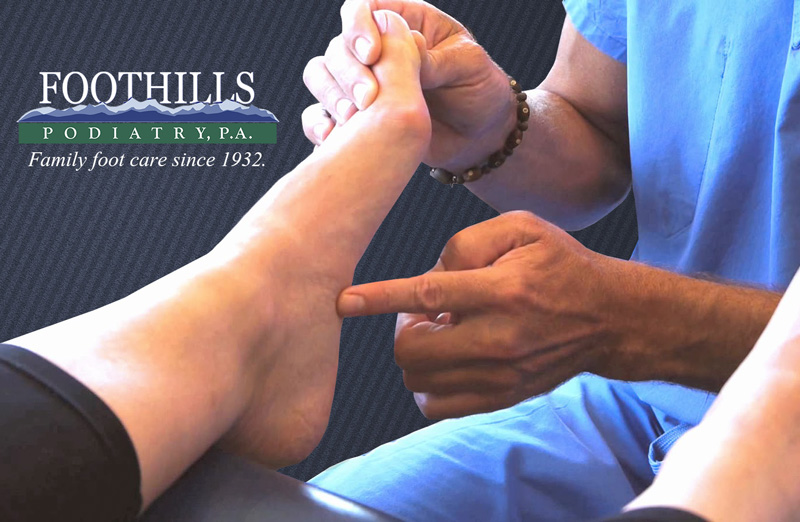An Overview Of Treatments & Services We Offer
Treatments We Provide
Treatments
How We Can Help
A
ccording to the North Carolina Foot & Ankle Society, about 25 percent of people have a foot problem. This should not be surprising since the human foot and ankle contain more than 26 bones, 33 joints and more than 100 muscles, tendons and ligaments, and feet carry a person an average 70,000 miles during a lifetime.
Their patients may not know the difference between the talus and the big toe, but Dr. Mauney and Dr. Maskarinec do, and patients can trust them to treat all diseases of the foot and ankle both medically and surgically!
Conditions and Diseases Treated Include:
- Arch Pain
- Athlete's Foot
- Bunions
- Calluses
- Charcot Foot
- Corns
- Flat Feet
- Fungus
- Fractures
- Ganglions
- Geriatric Foot Problems
- Gout
- Hammer Toes
- Ingrown Toenails
- Neuromas
- Peripheral Vascular Disease
- Plantar Fasciitis
- Skin Problems
- Sports Injuries
- Sprains
- Tendonitis
- Thickened Toenails
- Warts
- ...And More!
Treatment may be as simple as padding for a mild case of corns or the permanent relief of ingrown toenails with one-time, minor surgery. Chronic heel pain, however, if left untreated too long, may require lengthy and involved treatment. Foothills Podiatry offers Endoscopic Plantar Fasciotomy for the correction of hell spur syndrome and plantar fasciitis. The procedure involves an outpatient surgical visit utilizing specially designed instruments that allow the surgeon to visualize the foot structure on a video screen while only making two small incisions on the foot. Most patients return to their regular shoes in three to five days.
For full information on treatments for various foot and ankle problems, contact the Foothills Podiatry office. You may also refer to the Knowledge Center for more info.

More About Plantar Fasciitis
Plantar fasciitis (commonly referred to as a “heel spur”) is a common cause of heel pain and affects about 2.5 million people each year in the U.S. The ligament that stretches along the bottom of the foot (the plantar fascia) is responsible for maintaining the arch of your foot. When the plantar fascia pulls away from the bone, your heel becomes painful. Your body may react by filling this space with new bone – a heel spur. Most people think that heel spurs are the cause of their foot pain – but the pain is actually caused by the inflammation or irritation of your plantar fascia muscle.
Plantar fasciitis is caused by a number of factors and is a common sports injury among runners, walkers and athletes. Overweight people and those whose jobs require a lot of standing or walking are also at higher risk. Other factors leading to plantar fasciitis include flat- or high-arched feet, worn out or improper shoes, jogging on sand – and increasing age.


